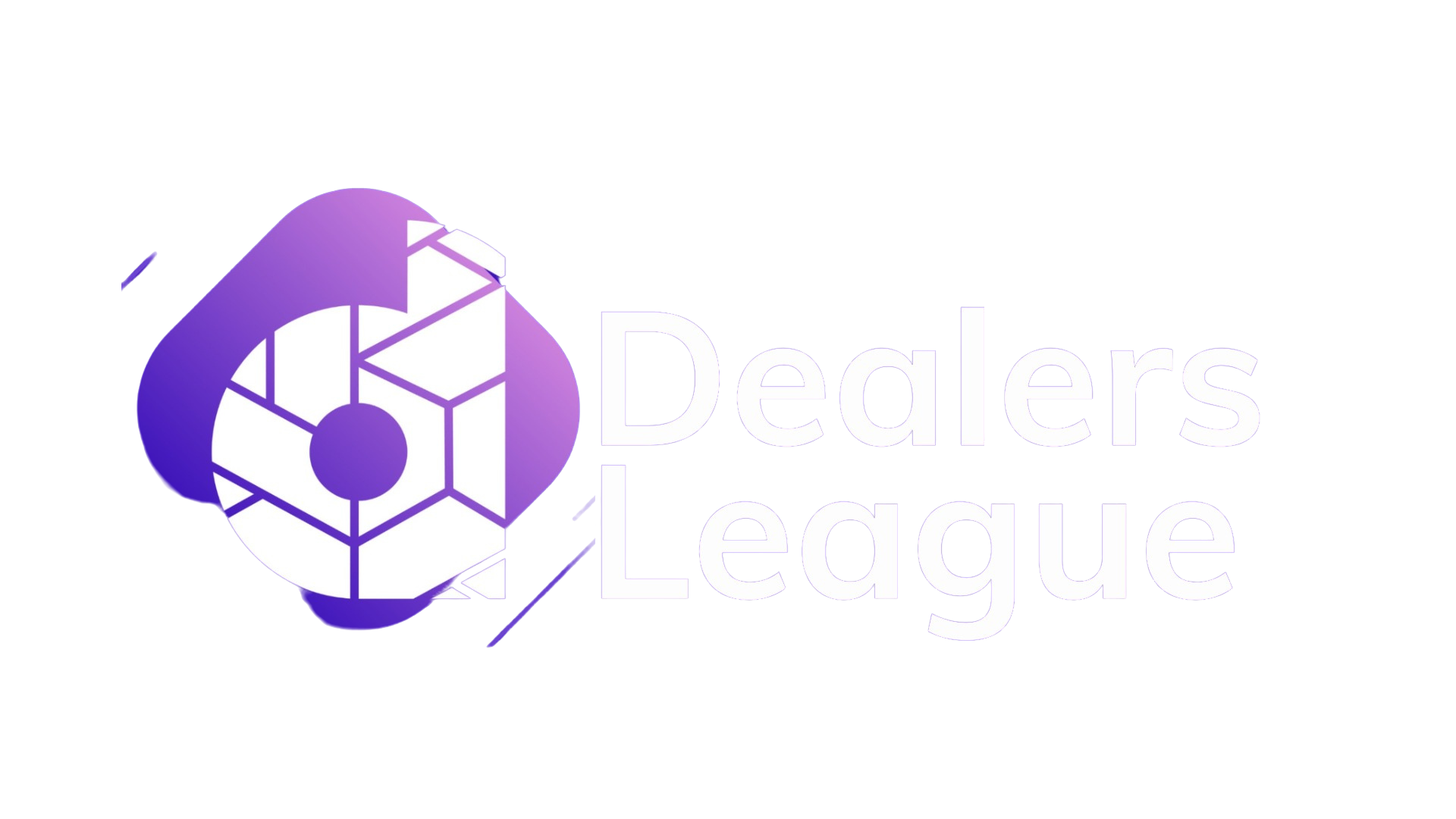What Is AI Overview Optimization and Why It Matters for Your Website
If you’ve noticed those AI-generated summaries at the top of Google’s search results, you’re seeing AI Overviews in action. These summaries pull information from different websites to answer user queries — and getting your content featured there can bring in significant traffic and visibility.
The good news? You don’t need to be a massive brand or publish 1,000 blog posts. You just need to make your content easier for AI to understand.
Here’s how to do it, step by step.
1. Add Structured Data to Your Pages
What is structured data?
Structured data (also called schema markup) is code that helps Google understand the content on your site. It labels parts of your content — such as the title, author, publication date, or steps in a guide — so search engines can process it more effectively.
Why it matters:
Google has confirmed that using schema can help your content appear in AI Overviews.
What you can do:
Add schema markup to your most important pages.
Useful schema types for small businesses:
- Article schema – For blog posts and news content
- FAQ schema – For question-and-answer sections
- HowTo schema – For step-by-step tutorials
- Product schema – For eCommerce or product pages
How to add structured data in WordPress:
- Install a plugin like Rank Math, Schema Pro, or Yoast SEO Premium
- Choose the schema type that matches your content
- Fill in the details (title, author, steps, product info, etc.)
Or use a tool like ChatGPT:
Prompt example:
“Create JSON-LD Article schema for this blog post: [paste your content here]”
Paste the result into your page using a plugin like Insert Headers and Footers, or ask your developer to insert it into the <head> of your HTML.
2. Format Your Content for Multimodal AI
AI Overviews don’t just extract plain text. They also analyse visual and structural elements on your pages.
Include these elements in your content:
- HTML tables (not images of tables)
- Bullet points and numbered steps
- Alt text on images
- Embedded videos
- A clear heading structure using H1, H2, and H3 tags
Example layout for a how-to article:
Title: How to Prepare Your Product for Shipping
Step 1: Use Protective Packaging
Step 2: Label Clearly
Step 3: Choose the Right Carrier
You could also add a cost breakdown using a table like this:
(Use this in plain text inside your post or recreate it using a WordPress table block)
| Plan | Monthly Cost | Best For |
|---|---|---|
| Basic | €29 | Individuals |
| Pro | €59 | Small Businesses |
| Enterprise | €99 | Large Teams |
AI prefers content that is well-structured and visually clear. Make it easy to extract, and your chances of being featured increase.
3. Make It Easy for AI to Extract Key Information
Google’s AI systems are looking for clean, easy-to-interpret content.
Tips to improve content clarity:
- Use descriptive H1 and H2 headings based on search intent (Example: “How to Track a Lost Delivery” instead of “Things to Know”)
- Keep paragraphs short — 2 to 4 sentences each
- Use bullet points for lists, features, or steps
- Add tables where relevant to display data or comparisons clearly
This format benefits both human readers and AI systems.
4. Start Small and Test Results
Don’t try to fix every page at once. Choose one blog post or landing page that already gets some traffic or targets an important keyword.
What to do:
- Add structured data (with a plugin or custom code)
- Clean up the formatting with headings and lists
- Add or optimise images with descriptive alt text
- Include a video or HTML table if relevant
- Test the page using Google’s Rich Results Test
Once you see results, apply the same improvements to other key pages.
Conclusion: Make It Easy for AI to Choose You
AI Overviews are designed to provide fast, helpful answers to users — and they pull from content that is clean, structured, and easy to process.
You don’t need high authority or hundreds of articles to appear in those summaries. You just need to make your content accessible to both users and machines.
At Dealers League, we help businesses do exactly that — creating clear, optimised content that works for search engines, AI, and your customers.

